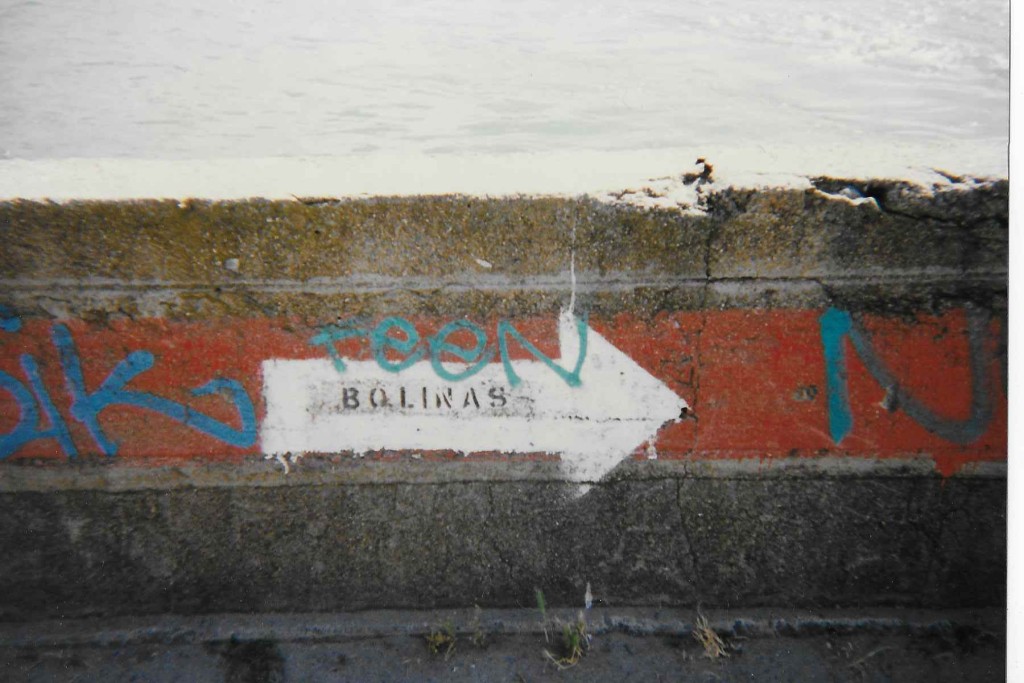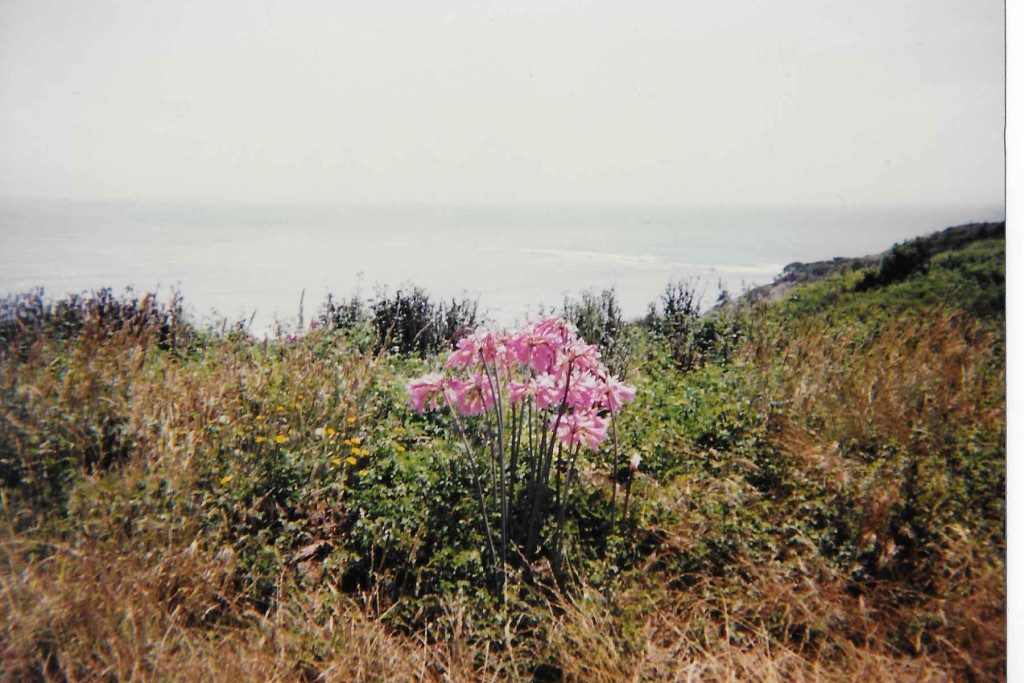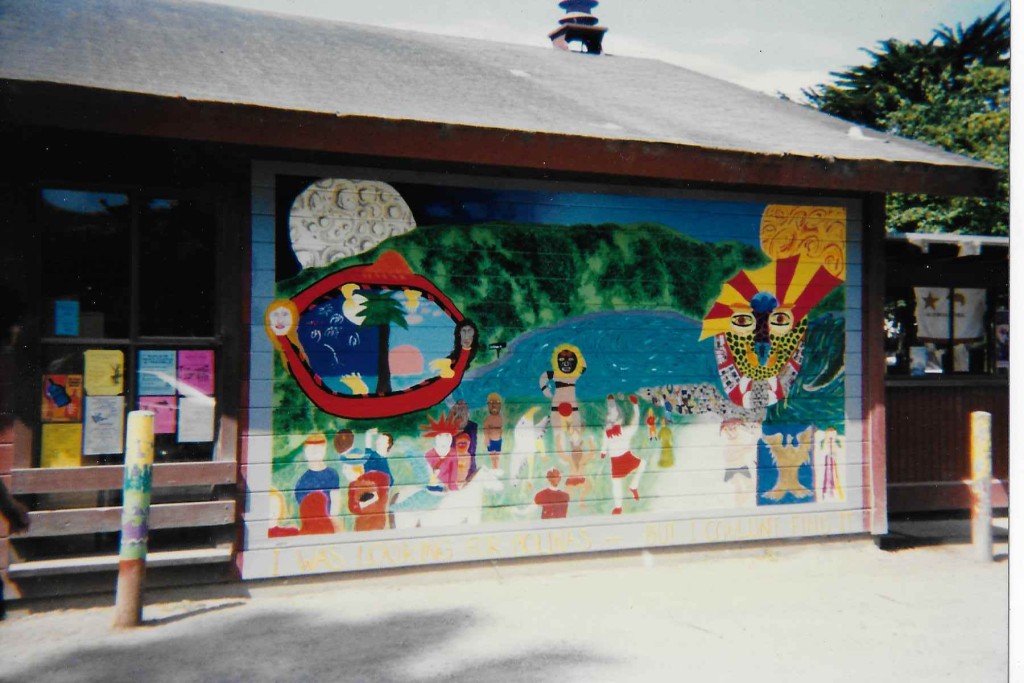Sunday, February 17, 2019
In 2013, when I started this blog, several thousand people had been posting entries in this kind of format for well over a decade, and the audience for a new blog was hardly worth a moment’s fantasy. I viewed the project, however, as a variation on a diary, in which I could keep track of various ideas and concerns that have sustained some degree of attention. Outside of one literature professor, I don’t know anyone on the campus where I work with whom I talk about poetry in the same way that I used to talk with the poets who appeared in my first anthology, THE STREETS INSIDE. Those poets were my equivalent of a MFA workshop; in fact, they were almost infinitely better than any such workshop could have assembled at that time. As a way, therefore, of having an imaginary conversation, I thought that a blog might be akin to the title of Thomas McGrath’s epic poem.
While of course one can enable public commentary on a blog, and thereby generate an actual on-line conversation, I have heard of too many examples where one spends more time reminding people to be civil to each other than working on one’s own writing. At the very start, therefore, I turned off the commentary switch. As I have on more than one occasion pointed out, any reader can get in touch with me at William.BillMohr@gmail.com., should she or he wish to share their opinion or seek further information.
I noticed on the dashboard of “stats” on Friday, around noon, that my blog was passing the 2,000,000 mark for “hits.” I am abashed that it took me almost six years to attain this level of activity, but still am gratified that it must be reaching at least a handful of scattered readers. (“Hits,” of course, have nothing to do with the number of actual readers. Perhaps 2,000 people have read one of my entries at some point in the half-dozen years; one must not allow one statistic to exaggerate its implied impact.) As those readers have discovered, one can’t predict from day to day what I write about. I was perfectly aware, of course, that my decision to address a variety of topics instead of focusing on a single subject runs against the advice one gives to those who want success.
You want to “make it”? As a visual artist? As a writer? As a politician? Pick one thing that you want to become identified with, and pound away at it until it yields its desired effect. If you don’t gain attention, you made the wrong choice, but you didn’t choose the wrong strategy. Now one could argue that one’s inspiration is not calculated, even if it might seem to have been. I don’t think Deborah Butterfield assembled her first sculpture of a horse made out of sticks and mud and said to herself, “Someday people will walk around a corner in a major museum and see one of my sculptures made in this manner and instantly think of my name.” The fact remains, however, that if she had stopped after making that first sculpture of a horse, her art would be playing with a far different set of recognition stipples.
Those who offer suggestions about blogs inevitably mention the importance of “staying on topic.” One wants to become known for commentary on a specific subject, or so the experts say. When I was an undergraduate, professors complained that my papers often strayed off topic, or at least keep inserting little asides that distracted them from my main idea. Not much has changed in the past 50 years. My curiosity about the world and how all of its fermentation generates “millions of strange shadows” continues to distract me from one day to the next. One form of meditation that I have undertaken in recent months involves painting, which allows me to think while standing, and to be silent within the radiance of symbolic hues.
By coincidence, one of my oldest friends, who now lives in San Francisco, has also started painting, and his work is every bit as intriguing as his blog. In fact, if any of my readers are searching for a blog that is truly worth their attention, then take a look at Brooks Roddan’s blog at IF SF Publishing.
Both of us, it should be said, have carried quite a few different bags on the West Coast, including work as editors, publishers, and poets. Each bag seems to have its own peculiar creases, especially when sit down and have a quiet talk in a hallway about how each still has more than one unfulfilled dream.
Should you be attending the AWP gathering in Portland, Oregon during the last week of March, drop by table T10067, where Brooks and I will be working together to promote IF SF PUBLISHING. We look forward to talking with you. Bring a bag. You will want to have some of the books he has published.





 About Bill Mohr
About Bill Mohr